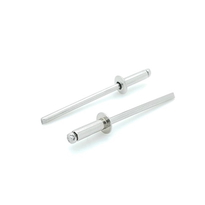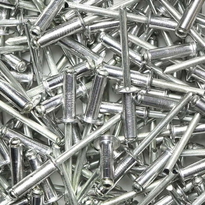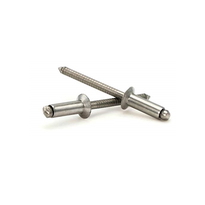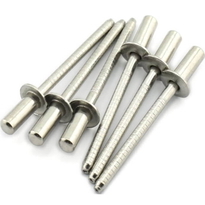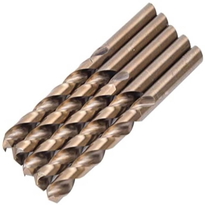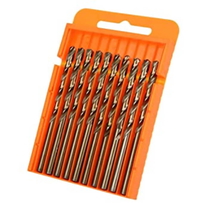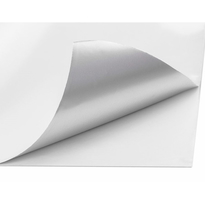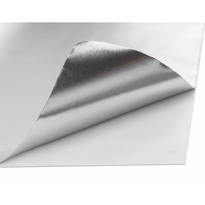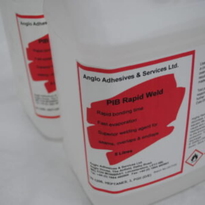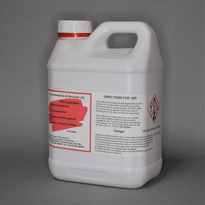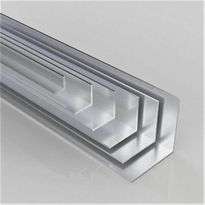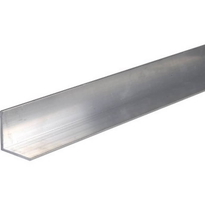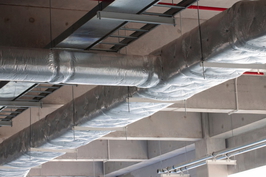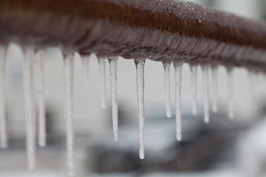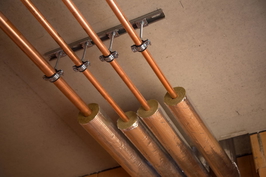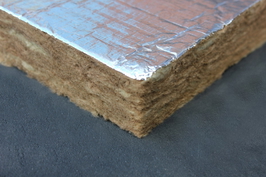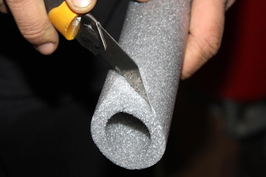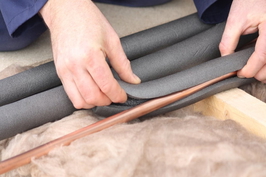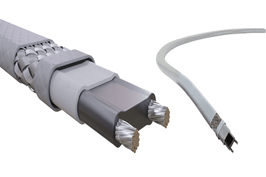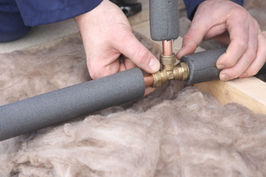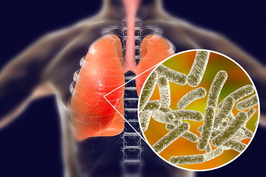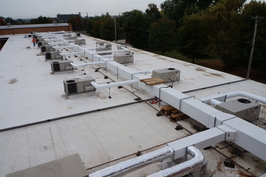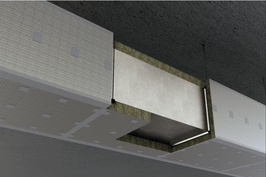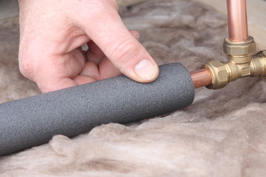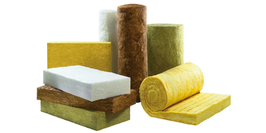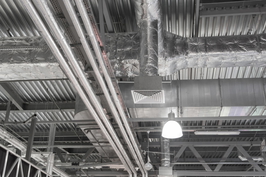Pipe Cladding Materials
Pipe cladding materials include metals such as stainless steel, nickel alloys, and titanium, which offer high durability and corrosion resistance. Polymers like polyethylene and PVDF are also commonly used for their chemical resistance and flexibility. Additionally, ceramic and composite materials provide excellent high-temperature tolerance, making them suitable for demanding environments. Rubber and elastomers are valued for their impact resistance.
Various application techniques are employed, including welding, bonding, or spray coating, with the choice depending on environmental conditions and specific industry requirements. For those seeking a comprehensive understanding of available options and best practices, further detailed exploration is recommended.
Common Material Choices for Pipe Cladding
When selecting materials for pipe cladding, it's essential to consider the specific environmental conditions, operational demands, and chemical exposures that the pipe will encounter.
Metal options, such as stainless steel, nickel alloys, titanium, aluminium, Inconel, and Monel, offer durability through high corrosion resistance and strength, particularly in extreme temperatures and aggressive environments.
Conversely, polymer materials like polyethylene, PVDF, PTFE, and polyurethane provide chemical resistance, flexibility, and moisture protection suitable for various industries.
Concrete cladding supplies structural support, buoyancy control, and compliance with construction standards, especially in subsea applications.
Ceramic and composite materials, including fibre-reinforced polymers, deliver high temperature tolerance, corrosion resistance, and structural strength.
Rubber and elastomer claddings, such as nitrile and silicone rubbers, excel in impact resistance and flexibility where movement or vibration occurs.
Corrosion resistance of alloys plays a crucial role in selecting suitable pipe cladding materials for harsh environments.
Key Benefits of Different Cladding Materials
The choice of cladding materials plays a crucial role in determining the overall performance and lifespan of pipelines by offering specific protective features tailored to operational needs. Various materials provide distinct advantages:
1. Corrosion-Resistant Cladding
Corrosion-resistant options enhance durability by preventing deterioration caused by corrosive substances. This reduces the frequency of maintenance and extends the service life of pipelines, especially in harsh environments.
2. Abrasion- and Erosion-Resistant Materials
Materials designed to withstand abrasion and erosion protect pipelines from physical wear resulting from transported abrasive materials. This helps maintain mechanical integrity and ensures efficient operation over time.
3. Chemically Resistant Cladding
Chemically resistant cladding shields pipelines from aggressive chemicals and gases. This guarantees reliable performance across diverse chemical environments and supports compliance with safety standards.
4. Mechanical Strength-Focused Materials
Materials prioritizing mechanical strength increase the load-bearing capacity of pipelines, support high-pressure conditions, and improve resilience in challenging environments.
Such properties minimize the risk of failure and enhance overall system robustness.
Moreover, incorporating fiberglass-based insulation solutions can contribute to enhanced thermal and fire safety performance, underscoring the importance of selecting appropriate materials for specific operational requirements.
Selecting the appropriate cladding material according to specific operational demands promotes safe, cost-effective, and durable pipeline systems.
Application Techniques and Considerations
Application techniques for pipe cladding materials vary significantly depending on the material type, operational environment, and specific project requirements.
In weld overlay processes, operators weld cladding onto pipe interiors or exteriors, adjusting wire feed and welding parameters to control thickness, with compatibility across diverse alloys. Weld overlay is highly versatile across a wide range of pipe sizes and materials, making it suitable for many industrial applications. Hot bonding involves heating thermoplastic materials before application, creating strong, durable bonds. Cold bonding uses adhesives, which are suitable for temperature-sensitive environments or elastomers, enabling quick repairs.
Spray coating applies liquid materials uniformly using a spray gun, making it ideal for ceramics and polymers. This method delivers smooth, consistent layers on irregular surfaces. Regulatory standards and environmental factors should be considered to select the most appropriate application method to ensure optimum performance and long-term durability of the pipeline. Extrusion involves melting and extruding thermoplastics to achieve precise thickness and uniformity.
Pipe lining includes inserting prefabricated cladding inside pipes, fitting tightly to provide effective protection. This technique is especially useful in retrofitting or accessing difficult locations. Material compatibility should always be evaluated to ensure that the chosen application method does not compromise the pipe’s insulation integrity. Environmental factors and operational conditions should guide the choice of application methods to ensure optimal performance and longevity of the pipeline.
Industries and Uses of Pipe Cladding Materials
Various sectors rely extensively on pipe cladding materials to meet specific operational challenges and enhance pipeline performance.
1. Oil and Gas: Cladding protects pipelines from corrosion caused by saltwater, high pressures, and severe marine conditions, ensuring safety, durability, and a longer service life. They also help in resisting the extreme environmental variations encountered in offshore installations. Proper installation and material choice are crucial for optimal performance.
2. Chemical and Petrochemical: It acts as a barrier for pipes transporting aggressive chemicals, preventing deterioration and maintaining the integrity of the system over time. Selecting materials with the appropriate **insulation properties** can further improve system reliability.
3. Mining: Cladding is designed to withstand abrasion and erosion from abrasive materials and harsh environmental conditions, thereby extending the operational lifespan of pipelines. Adequate maintenance and inspection can help identify potential issues early.
4. Water and Wastewater Management: Cladding prevents corrosion in pipelines used for water distribution and wastewater treatment, reducing maintenance costs and improving overall reliability. Corrosion control is essential for maintaining infrastructure longevity and ensuring safety standards.
These applications highlight how pipe cladding materials play a vital role in increasing durability, safety, and efficiency across key industries.
Selecting the appropriate material tailored to the specific needs of each sector is essential for optimizing pipeline resilience and operational performance.
Conclusion
Selecting appropriate pipe cladding materials requires careful consideration of factors such as environmental conditions, chemical exposure, and mechanical stresses. By understanding the properties of common materials and their application techniques, industries can optimize pipe durability, corrosion resistance, and safety. Proper implementation ensures long-term performance, cost-effectiveness, and compliance with industry standards. Ultimately, informed material choices contribute to reliable piping systems that meet specific operational demands while minimizing maintenance and replacement needs over time.





